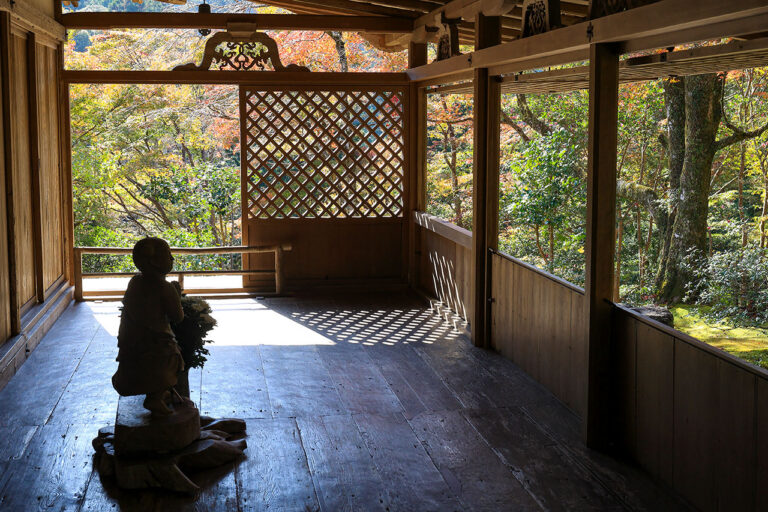
A day to feel at [Kozanji] in Takao, a place related to Myoe Shonin...
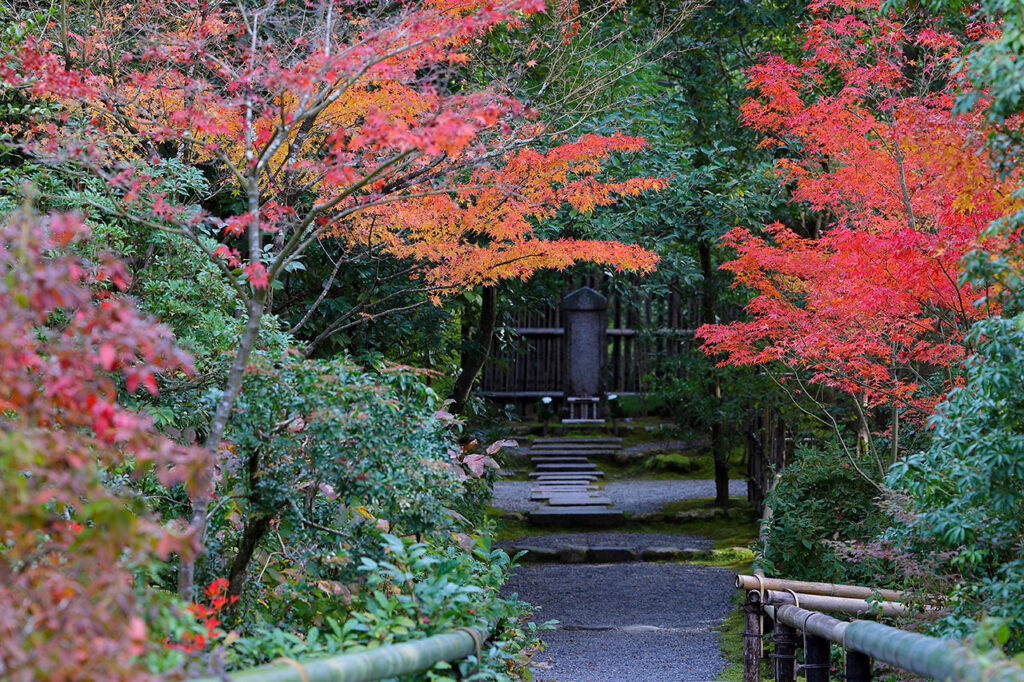

Koetsu-ji Temple is said to have started in 1615, the early Edo period, when Koetsu Honami built a thatched hut on this land given by Ieyasu Tokugawa. Koetsu, a man of culture and the founder of the Rinpa school, moved with his family and art comrades to build an art village, and it is said that many works of art were born here. The temple was built after Koetsu's death.
The precincts are surrounded by plants that grow naturally, and it is also famous as a beautiful spot for the fresh greenery in early summer and the autumn foliage in autumn. There are seven tea rooms with different tastes in the garden with the Takamine Sanzan as a borrowed scenery. It is said that not only Koetsu but also Tawaraya Sotatsu and Ogata Korin viewed the scenery from the hill.
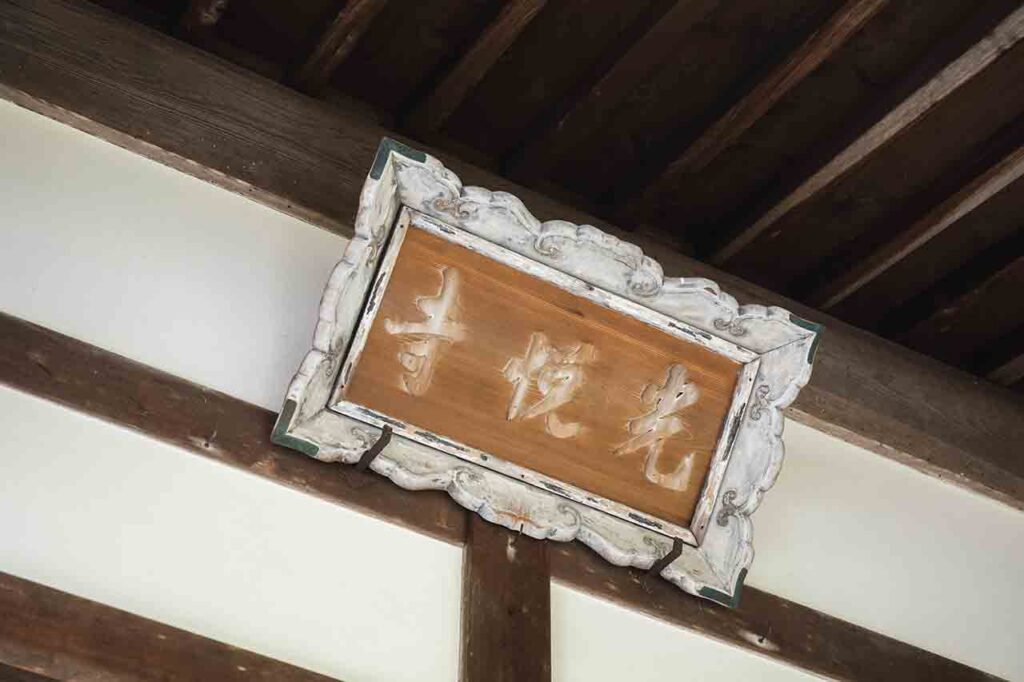

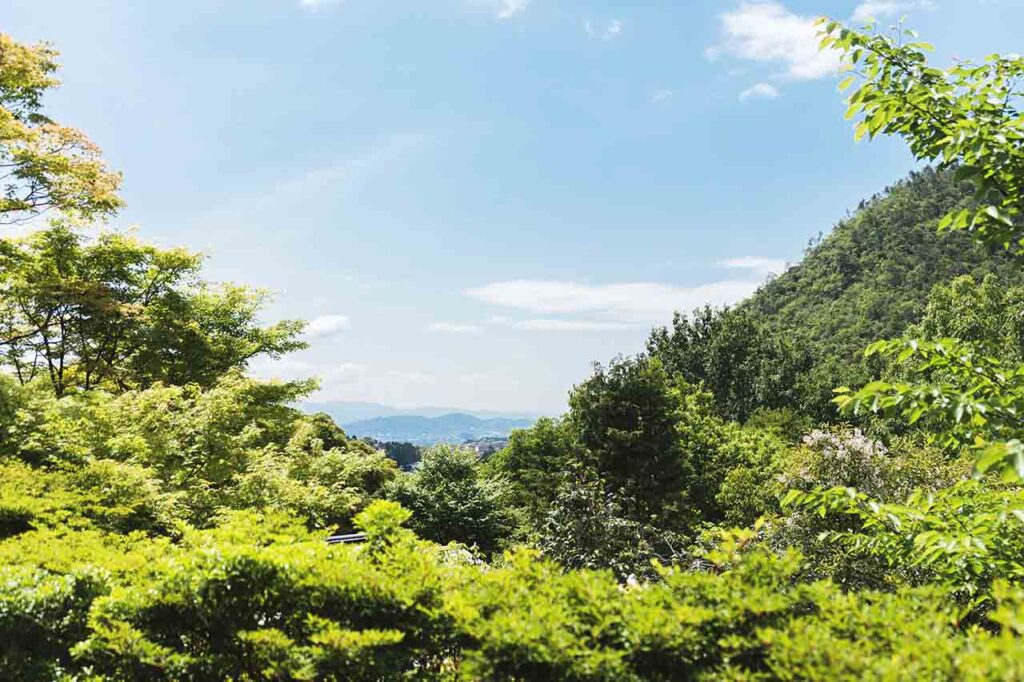

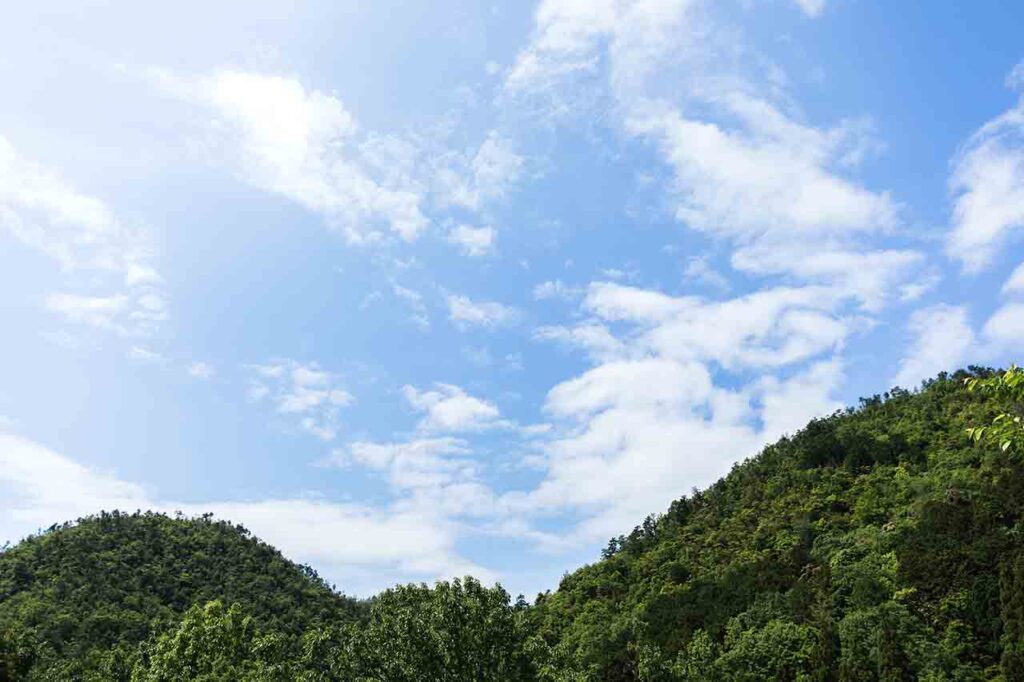

Koetsuji Temple is located 160m above sea level, almost the same height as Kyoto Tower. From the observatory, you can enjoy a superb view of the Takagamine, Washigamine, and Amagamine mountains, which are the three peaks of Mt.
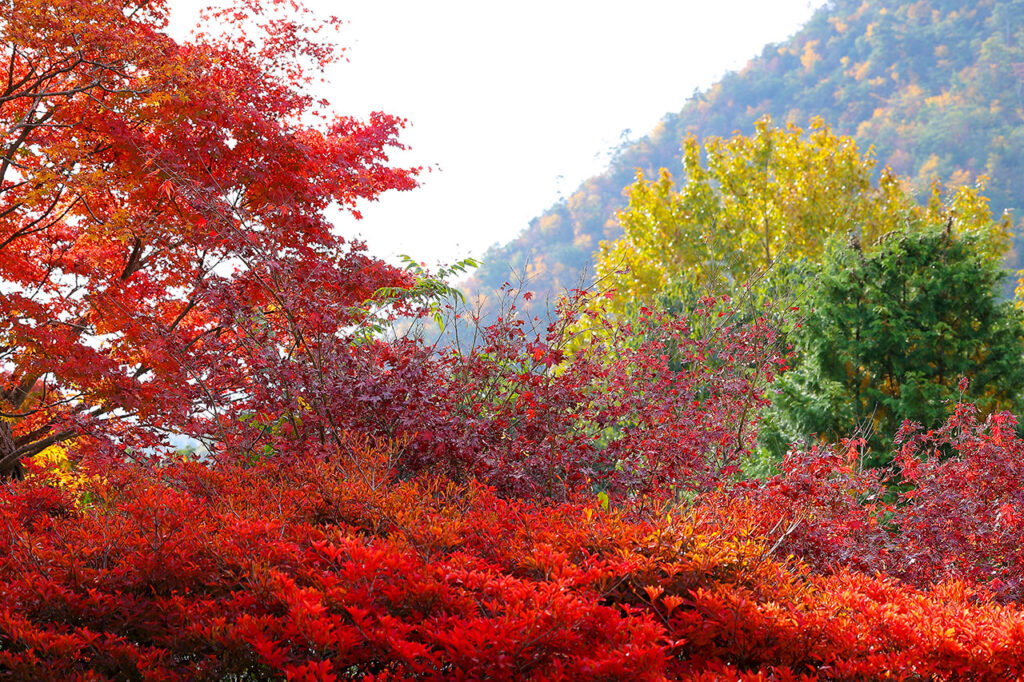

In autumn, the trees change color and make you happy.
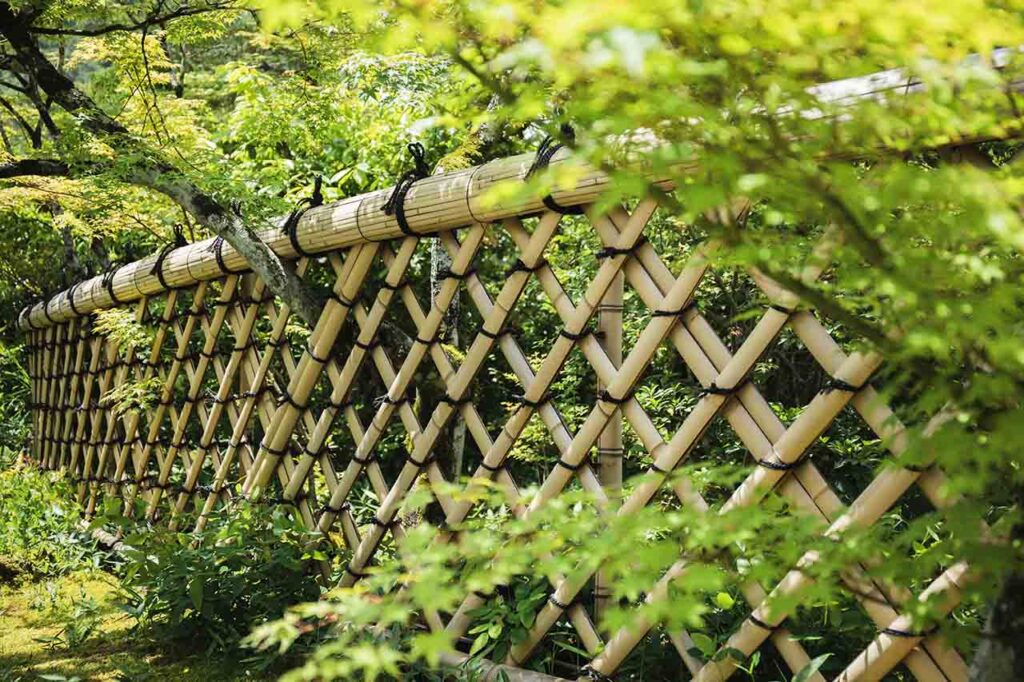

Koetsu-gaki is a bamboo fence that surrounds the tea room Daikyo-an. It is said that the technique of this bamboo fence, which is characterized by its diamond shape, is derived from the weaving of gabions. It is said that it was named because Koetsu liked it, and it is a design that can be seen in various places now.
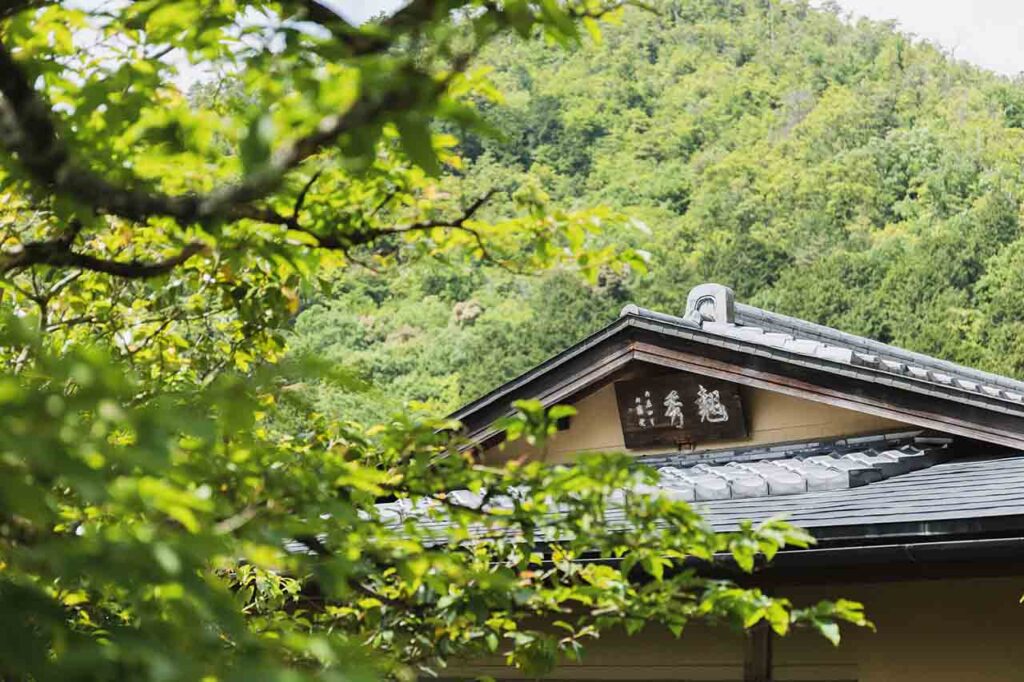

There are seven tea houses on the temple grounds, including Daikyoan, where Koetsu is said to have spent the last years of his life, and Sanbae-tei. All were built after the Taisho era (1912-1926) and have a tasteful appearance in harmony with the natural surroundings.
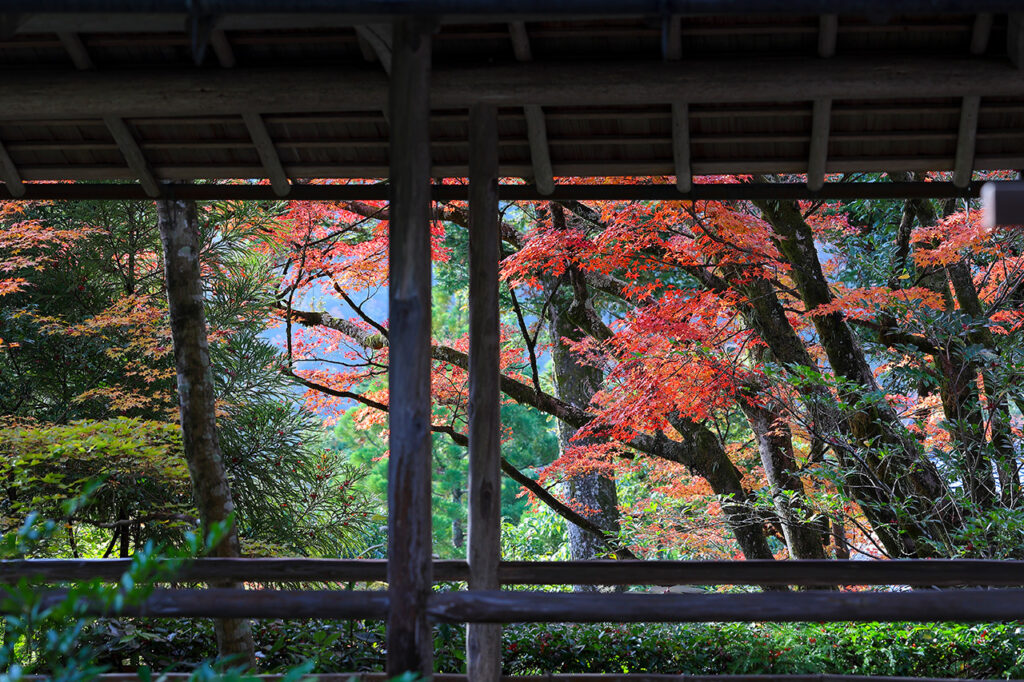

Takagamine, where Koetsu-ji Temple stands, is the entrance to the mackerel highway that leads to the former Tanba Province and Wakasa Province. Surrounded by mountains, the murmuring of the Kamiya River, the headwaters of the Katsura River, which flows through the valley, and the chirping of birds such as Japanese bush warblers gently echo in your ears.


If you walk along the passage behind the tea room, Honamian, you will find Koetsu's tomb covered with trees. There is also a grave where the Honami family, including Koetsu's adopted son Kosuke and grandson Koho, are buried.
Over 600 interviews per year! An order site carefully selected by the editors who knows Kyoto and Shiga.
nowOfficial LINE friend registration500 yen OFF coupon is being issued!
Distributed every Friday morning at 8:00 am! From new restaurant information to event information that we want to share with you, We deliver articles about Kyoto that are useful to know. About 20,000 people have registered.Click here to add a friend!

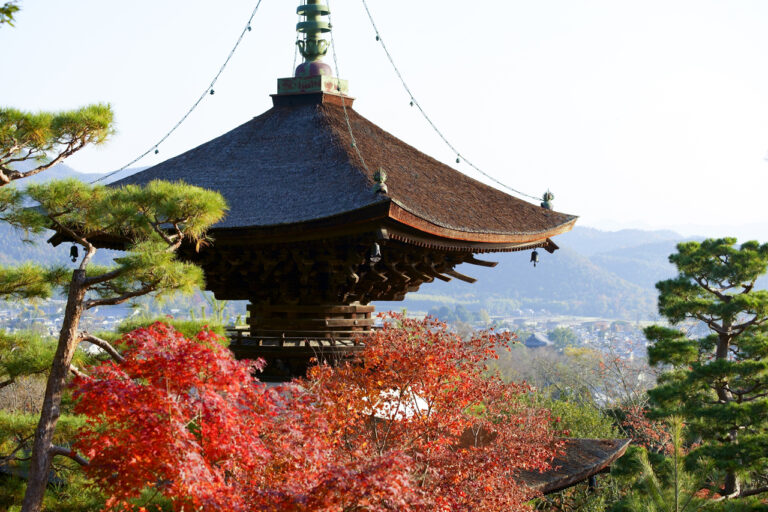
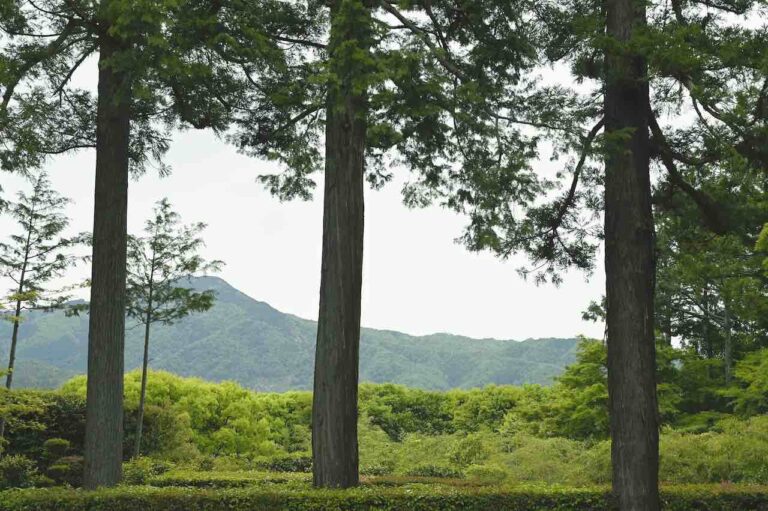
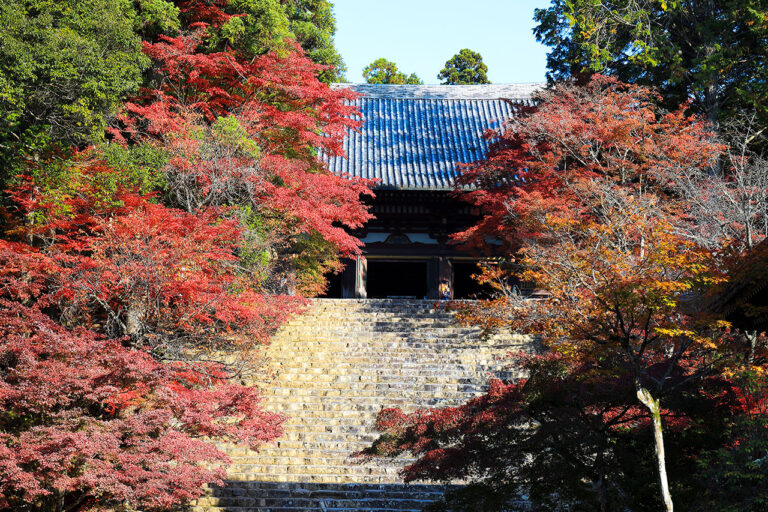
 News
News Feature article
Feature article Featured event
Featured event